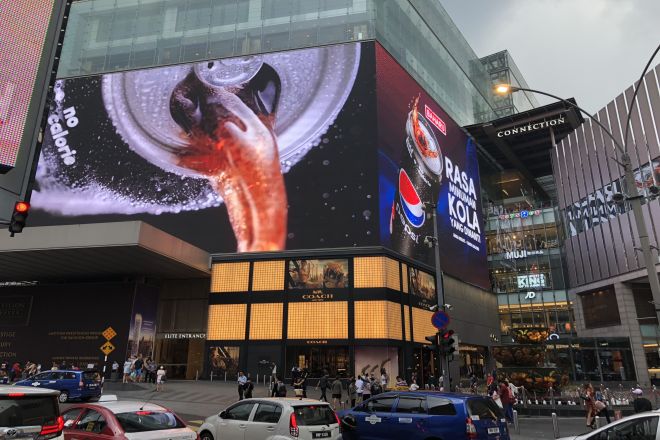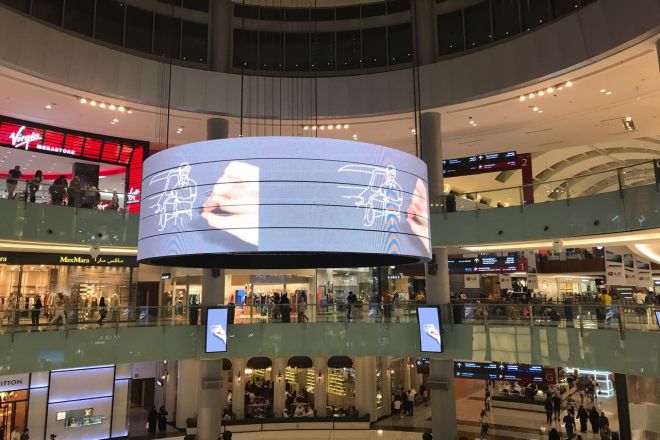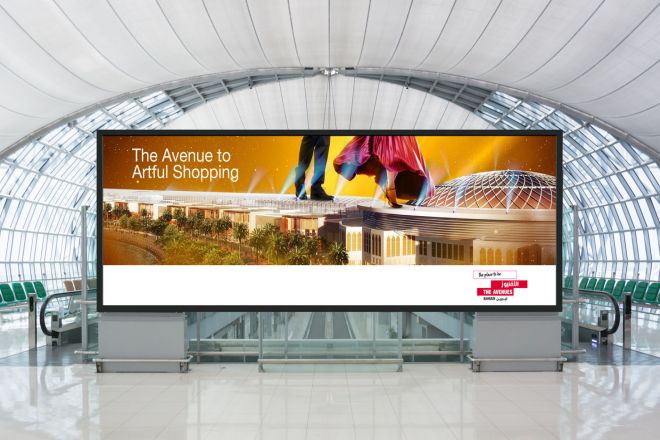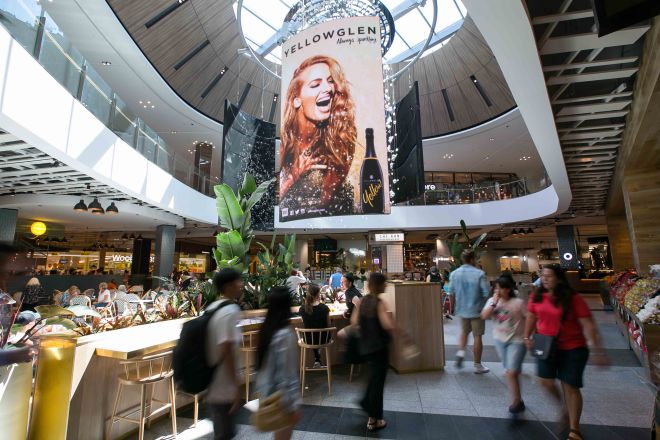Introduction

In today’s digital era, LED displays have become an indispensable tool for advertising, entertainment, and information transmission. They are widely used in various occasions and have become one of the indispensable sources of information in our lives. As a buyer of LED display screens, they are interested in the commercial value that LED displays can bring and their information influence.
Most people now choose to import LED displays from China because China is a well-known manufacturing power, but this will inevitably make the transportation of LED displays longer. So, what goes through the LED display screen from when you choose to buy it to when it is installed? This article will help you find out!
Step 1: Quotation and Selection

When you choose to buy an LED display screen, you will go to the LED display screen supplier to learn about the LED display screen. At this time, as a buyer, you first need to determine the following points:
Budget: You need to be clear about your budget constraints so that you can choose within an acceptable range.
Size & Resolution: Determine the display size and resolution you need to meet your specific needs.
Environmental conditions: Understand where the LED display will be installed and what its usage scenarios are to ensure it adapts to the environment.
Content needs: Determine the type of content you will play on your display to choose the right pixel density and brightness.
Maintenance Plan: Consider long-term maintenance and support plans to ensure your investment lasts.
All your needs and ideas can be communicated to the supplier in this conversation so that the supplier can better understand your needs.
This helps suppliers provide you with accurate quotes and select the right products.
After you clearly explain your needs, the supplier will recommend an LED display screen to you based on your needs and prepare a quotation for you. The quotation includes the total of all required costs.
Step 2: Pay the deposit and start production
Because LED displays are customized products and are different from universal ones, after you communicate with the supplier and are satisfied with their products and quotations, you need to pay a deposit to start the production process of the LED display.
The deposit for an LED display is generally 30% of the total price.
If this is a supplier you have cooperated with many times, you can pay in full if you have a trust foundation for long-term cooperation. But if this is your first time buying, it is still recommended that you pay part of it first.
After receiving the deposit, the factory starts production. Generally, the production cycle of LED display screens is about one month. However, depending on the products selected by each customer, the production cycle will be shortened or increased on this basis.
If you urgently need this LED display, you must communicate clearly with the supplier during the early quotation communication and ask them to expedite production.
Step 3: Various performance inspections of the product

After making the LED display, technicians will conduct a series of performance checks on it to ensure its normal operation.
Inspections include but are not limited to the following:
- Brightness uniformity test:
The brightness uniformity test is designed to evaluate whether the brightness distribution of the LED display is uniform across the entire screen. By dividing the screen into multiple areas and measuring the brightness of each area, the brightness changes of the LED display can be determined.
This test is to ensure that the LED display will not have areas with large brightness differences during use to ensure a consistent viewing experience.
- Color accuracy test:
Color accuracy testing evaluates how accurately a display reproduces colors. This test usually involves indicators such as the display’s color space range, color saturation, and color temperature. By comparing and measuring with standard colors, the performance ability of the LED display in restoring real-world colors can be judged.
- Grayscale test:
The grayscale test is used to evaluate the display’s ability to represent grayscale levels of varying degrees of lightness and darkness.
By setting the display to black-and-white levels and measuring and comparing each gray level, the display’s ability to perform grayscale transitions and reveal detail can be determined.
This test is to ensure that the LED display can accurately present complex images and video content.
- Communication interface test:
The communication interface test is used to verify that communication between the display and other devices, such as a computer or video processor, is functioning properly.
The communication interface can be a common interface, such as HDMI, DVI, VGA, etc., or it can be a dedicated LED display control protocol, such as DMX or Art-Net.
Testing involves sending a signal and ensuring that the display can correctly interpret and display the signal to ensure the stability and reliability of signal transmission.
After these tests meet the standards, the supplier will take videos or photos and send them to you for confirmation.
Step 4: Pay the balance and ship the goods

After you confirm the test results, you need to arrange the final payment.
The most common methods of transportation are sea transportation and air transportation.
The shipping time by sea is about 30-60 days, which depends on different countries. For example, South Africa takes about 30 days, but Southeast Asia only takes about 7 days. The price is also determined based on factors such as the size and quantity of your product.
Air freight is an option suitable for customers who are in a hurry.
(If you want to know more about freight, you can click here.)
Step 5: Customs Clearance and Delivery

Generally, customs clearance requires corresponding information from the local customs, such as a bill of lading, invoice, packing list, etc.
The bill of lading, invoice, and packing list mentioned above are the information that the supplier will provide you, and you can hand them over to the local customs.
Generally, after customs clearance of the goods, the shipping company you choose will remind you to pick up the goods. At this time, you can drive to pick them up.
Step 6: Testing and Installation
After receiving the LED display, you need to conduct testing under the guidance of the supplier’s technical personnel to ensure that the product is working properly. Test content usually includes brightness, color, contrast, pixel uniformity, etc. Once the test is passed, the LED display can be installed, adjusted, and fixed according to the installation structure and requirements.
For installation, you can choose to install it yourself if you know how; you can also choose to ask the supplier to help you find an installation company.
Conclusion
Finally, you have completed the entire process, from selecting an LED display to successful installation. The process can present some challenges, but it also provides you with a high-quality tool for promotion, information, or entertainment that adds shine to your business or project.
If you are purchasing a high-quality LED display, then contacting us would be a good choice! We are your best partner!
